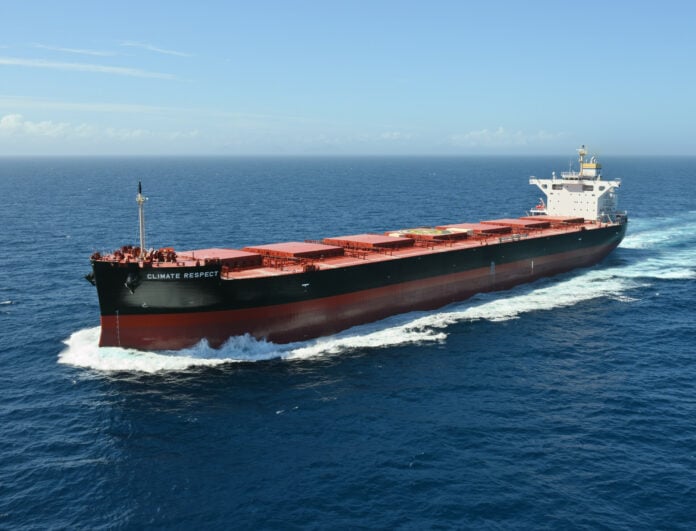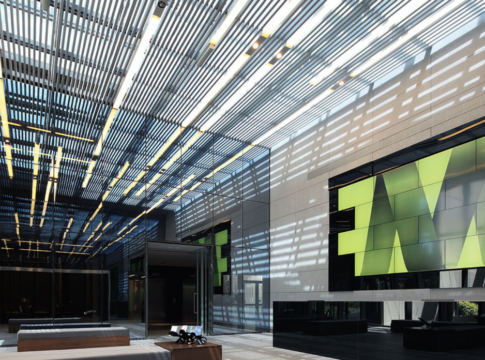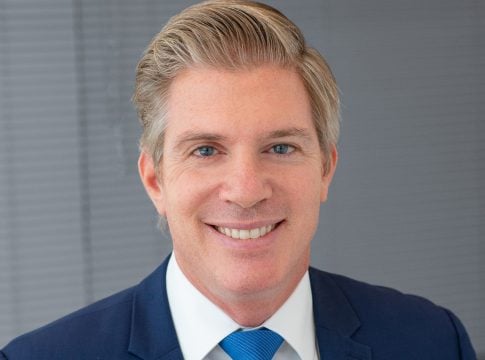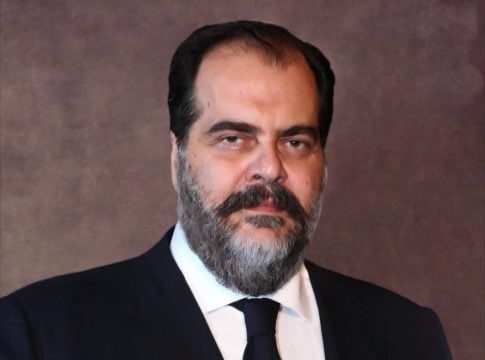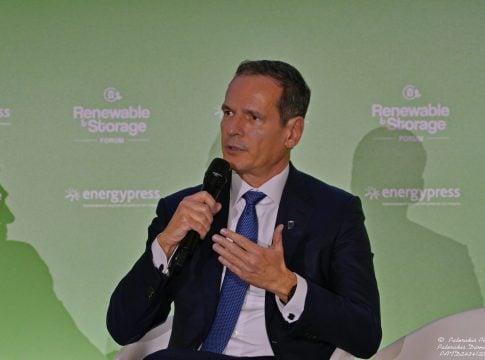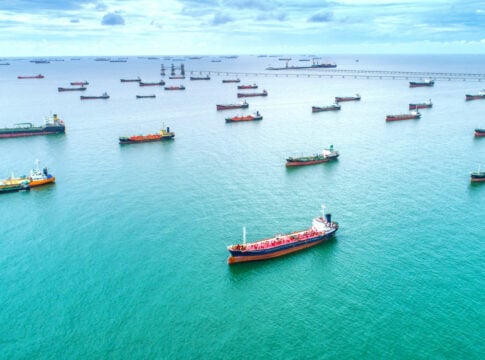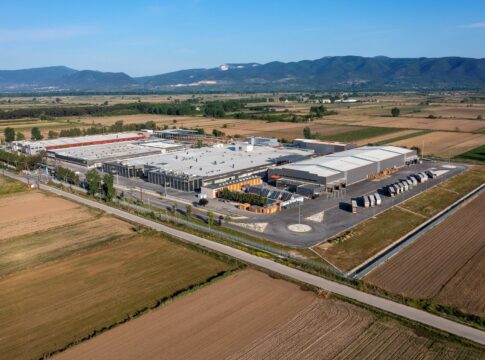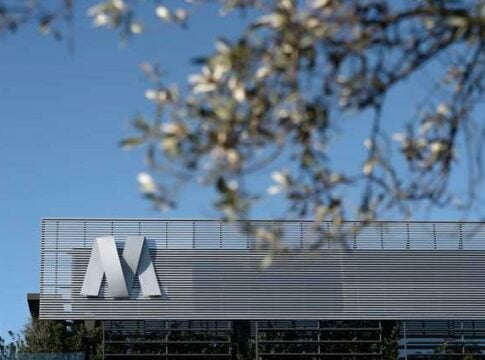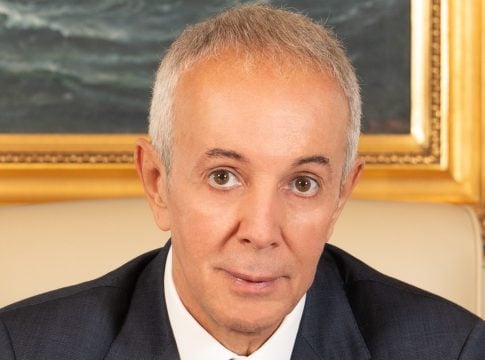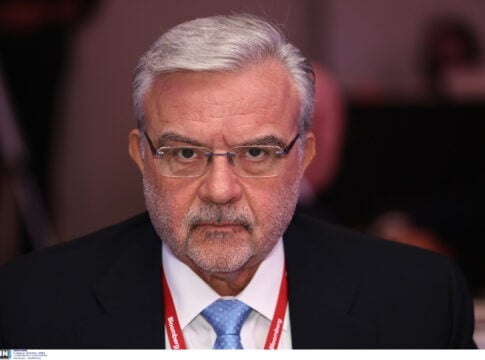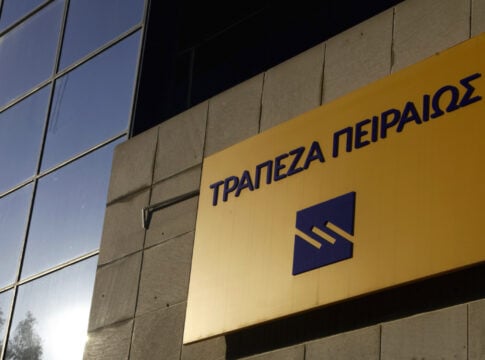A wait-and-see approach until the full availability of new fuels will jeopardize the achievement of the zero-emissions target by 2050 and all intermediate milestones by then, the CEO of the Global Center for Maritime Decarbonization (GCMD), Professor Lynn Loo, said to “Naftemporiki” recognizing the difficulty of penetration of new fuels in tramp shipping and the need to turn to different technologies to improve energy efficiency.
GCMD was launched in 2021 as a non-profit organization, with the aim of supporting efforts to decarbonize shipping through pilot projects. Founding partners were BHP, BW Group, Eastern Pacific Shipping, Foundation Det Norske Veritas, Ocean Network Express and Seatrium.
Initially on short, pre-determined routes
New fuels will likely be adopted initially in short, pre-defined routes where advance planning is feasible. “Tramp shipping, which includes bulkers and tankers, faces greater challenges as they have little visibility at the supply ports,” explained Loo.
“Given the uncertainties surrounding the availability and cost of low-carbon fuels, the industry needs to explore alternative measures such as drop-in biofuels (can be blended with fossil fuels), on-board carbon capture and storage systems and advanced energy efficiency technologies,” she added.
“Shipping’s fuel transition will be difficult and progress will not be linear. To achieve our industry’s decarbonization goals, we need clearer regulations, stronger policies, more sustainable investment, faster permitting and more efficient construction,” Loo emphasized. “Every step forward, no matter how small, contributes to the final goal,” she underlined.


